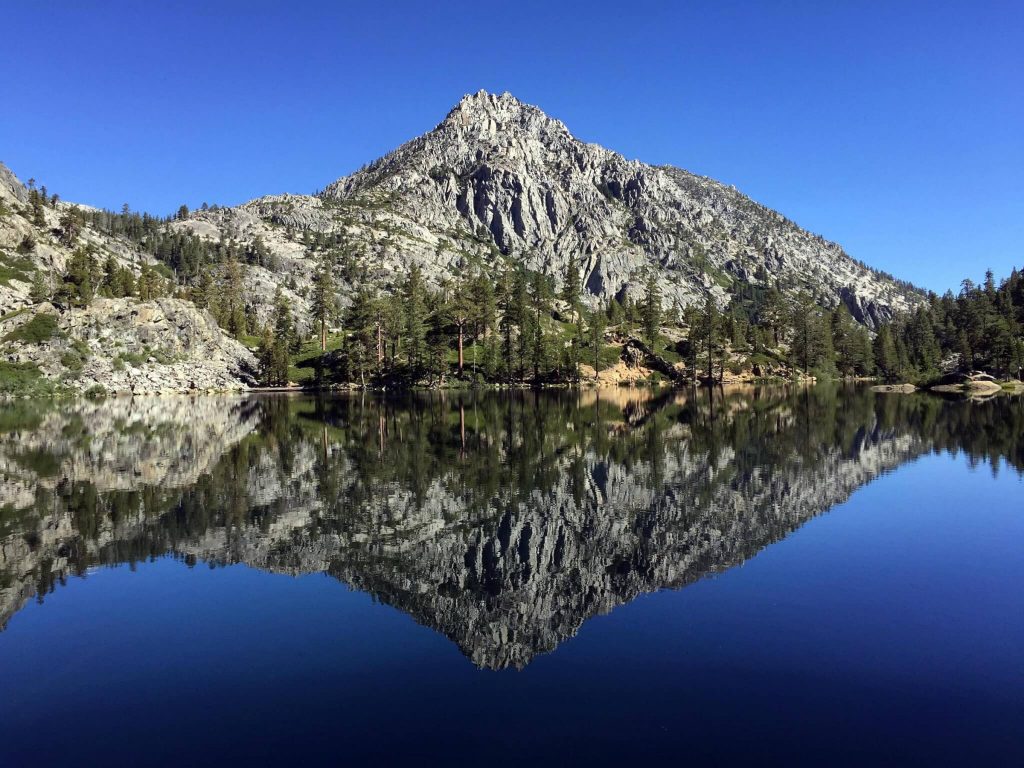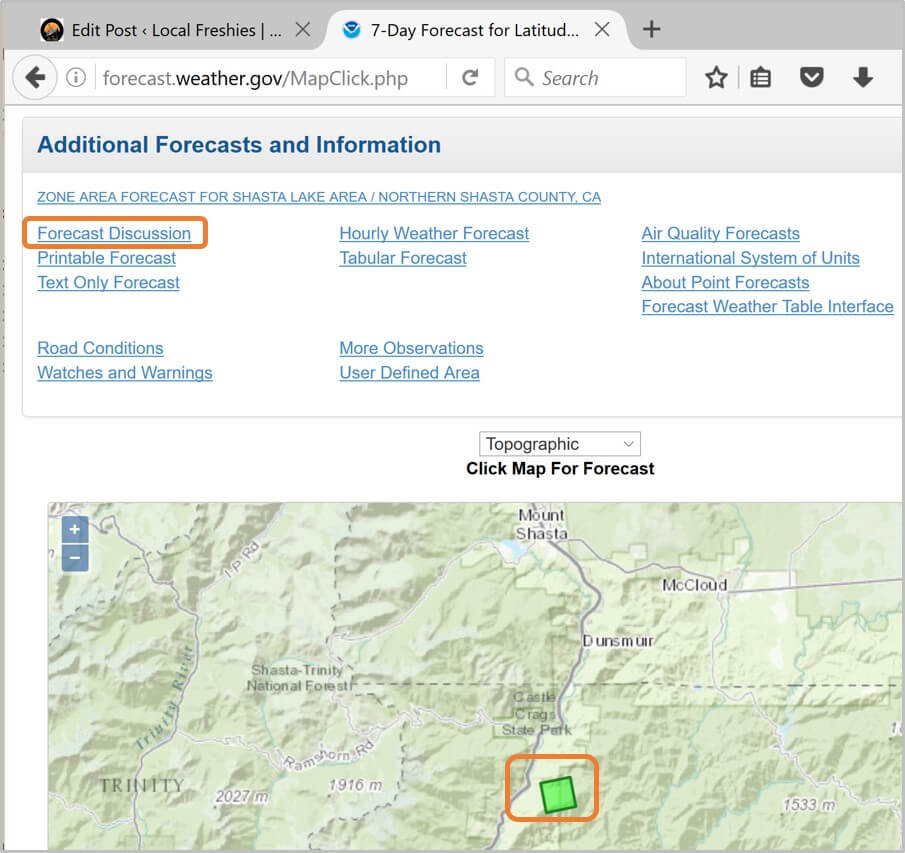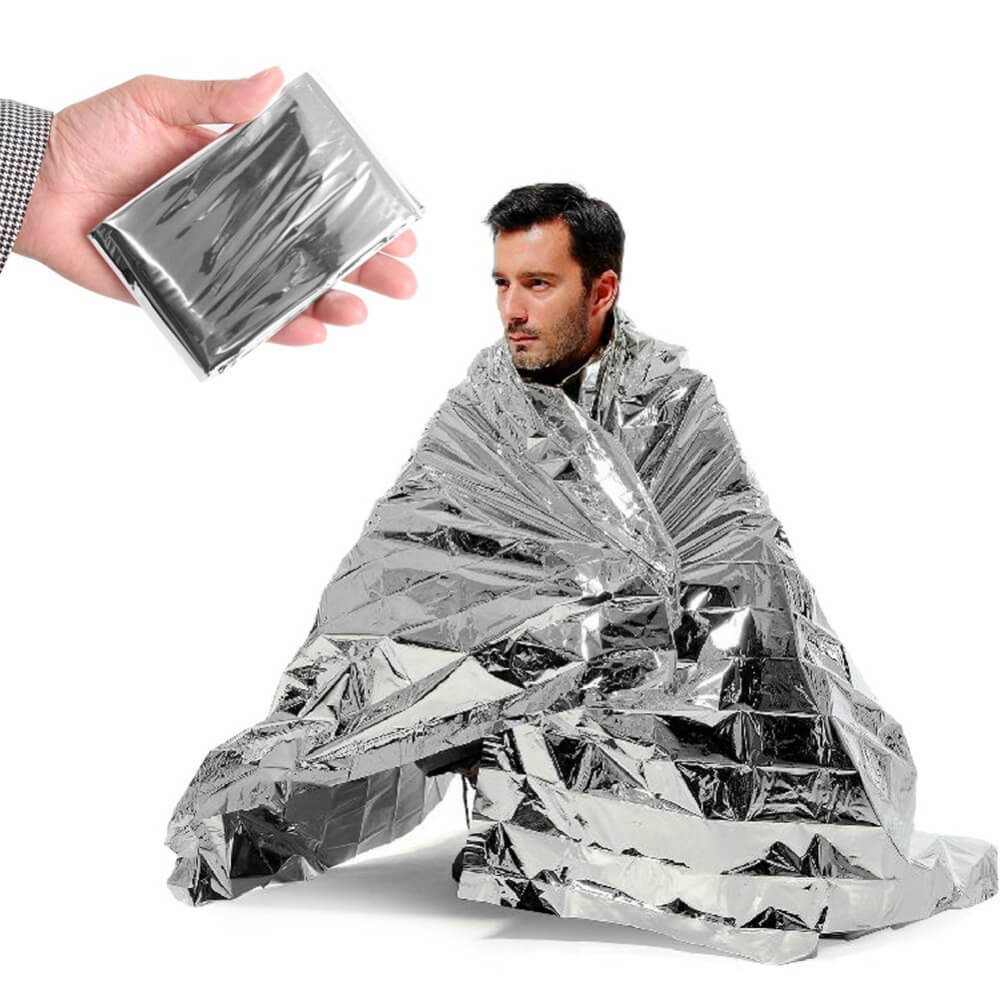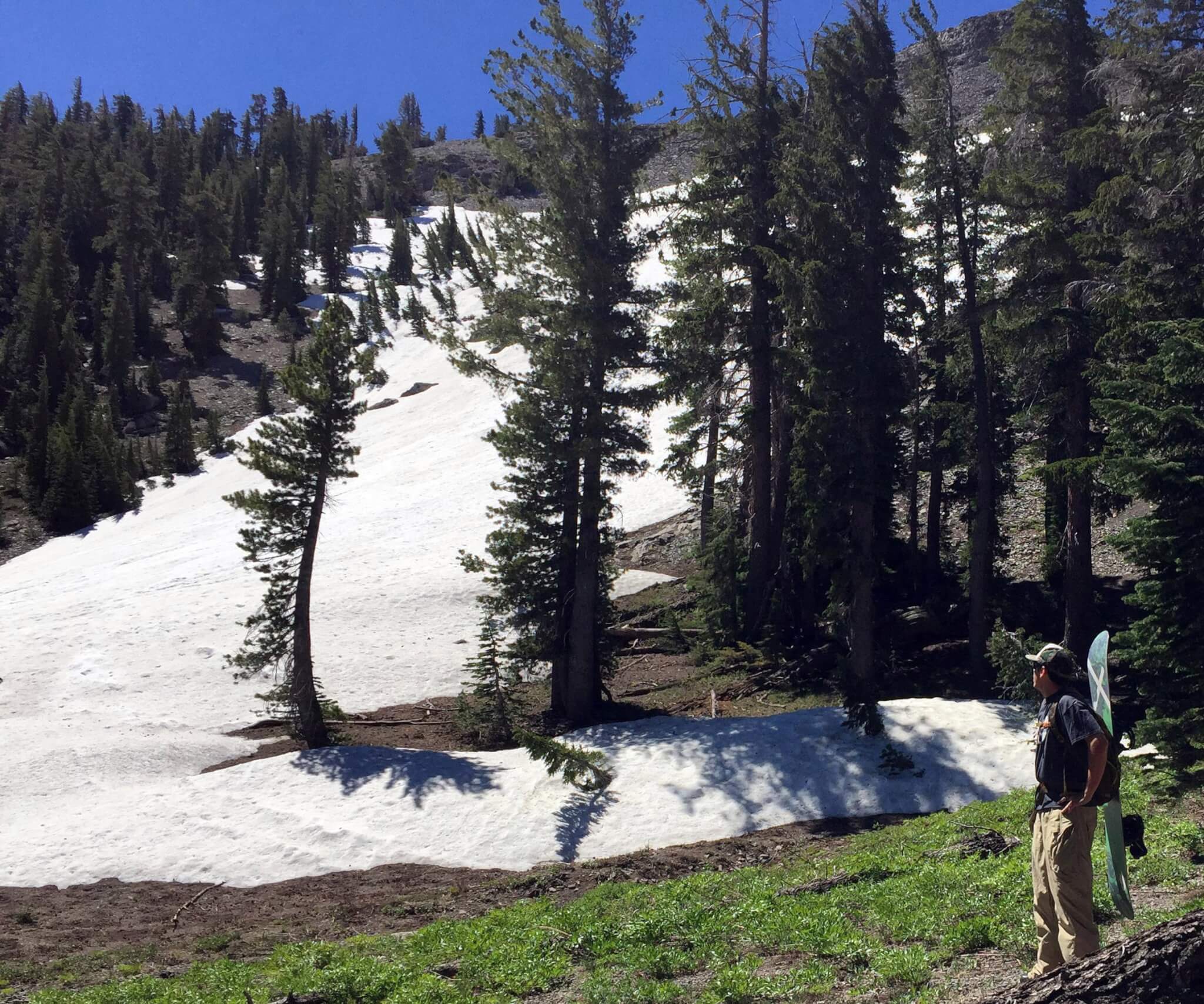There is a saying we’ve all heard many times that is very fitting when going into the wilderness.
Hope for the best but prepare for the worst.
In the last few years, we’ve experienced several incidents in the backcountry that really heightened our awareness at just how dangerous the backcountry can be.  From a person breaking a leg only a mile from the trailhead to another getting severely sick, things quickly went from a fun outing to a life threatening situation. We aren’t experts, but we just want to get you thinking with a few hiking tip basics before heading out.
From a person breaking a leg only a mile from the trailhead to another getting severely sick, things quickly went from a fun outing to a life threatening situation. We aren’t experts, but we just want to get you thinking with a few hiking tip basics before heading out.
6 Hiking Tip Basics:
Let someone know your plan
 Arriving at the trailhead, be sure to register, when available, with the forest service and let them know your plan for the trip. Regardless if this service is available or not, you should always notify a friend too. Key details to include:
Arriving at the trailhead, be sure to register, when available, with the forest service and let them know your plan for the trip. Regardless if this service is available or not, you should always notify a friend too. Key details to include:
- Where you are going
- What time will you return
- Who is with you
These simple bits of information could make all the difference in an emergency situation.
Check The Weather Forecast

Before even stepping outside for a hike, check how the weather is going to be. Don’t use the typical weather.com service. Instead, go to the National Oceanic and Atomspheric Administration website and use the pinpoint tool to determine the conditions. It’s also good to check out the forecast discussion. Here you will find any additional concerns meteorologists are discussing. Understanding what type of weather to look for will make you better prepared.
Bring Mylar Space Blankets
 First thing you’ll think is “Why isn’t water a higher priority?” You can last a couple of days without water, longer without food, but not even a couple of hours without protection from the elements. Sure… you can bring extra clothing, but having a cheap mylar space blanket is a better option. Why? Because they are multi-purpose. Often they are used as a rain cover, a rain catcher, a solar still or a blanket. It’s something that everyone should carry.
First thing you’ll think is “Why isn’t water a higher priority?” You can last a couple of days without water, longer without food, but not even a couple of hours without protection from the elements. Sure… you can bring extra clothing, but having a cheap mylar space blanket is a better option. Why? Because they are multi-purpose. Often they are used as a rain cover, a rain catcher, a solar still or a blanket. It’s something that everyone should carry.
Water Purifier
 If something bad does happen, another thing everyone should always be concerned about is dehydration. Especially in the Sierra Nevada, waiting for rain to get water is like thinking that you’ll win the lottery. The majority of precipitation falls in the winter. Having something like a straw filter or pills could save your life if you do end up being in the wild longer than expected.
If something bad does happen, another thing everyone should always be concerned about is dehydration. Especially in the Sierra Nevada, waiting for rain to get water is like thinking that you’ll win the lottery. The majority of precipitation falls in the winter. Having something like a straw filter or pills could save your life if you do end up being in the wild longer than expected.
Fire Is Always Critical
Depending on how much of a wilderness expert you are, you could bring a flint to spark a fire or better yet some matches. You never know what will happen and fire will keep you warm on a cold evening when the temperature drops.
First Aid Kit
 Finally, the forests and deserts of North America are exciting and beautiful, but one wrong step and you could break a leg, put a gash into your skin or get sick. Falling is the number one cause of death so having a small medical kit is something you should at least think about carrying. We were fortunate enough that we carried one when our friend tore apart his arm mountain biking the Sierra Canyon trail.
Finally, the forests and deserts of North America are exciting and beautiful, but one wrong step and you could break a leg, put a gash into your skin or get sick. Falling is the number one cause of death so having a small medical kit is something you should at least think about carrying. We were fortunate enough that we carried one when our friend tore apart his arm mountain biking the Sierra Canyon trail.
This is not an exhaustive list, but just a starter to make you think before heading out there by yourself.









3 thoughts on “6 Hiking Tips To Keep You Safe In The Wilderness Or Backcountry”